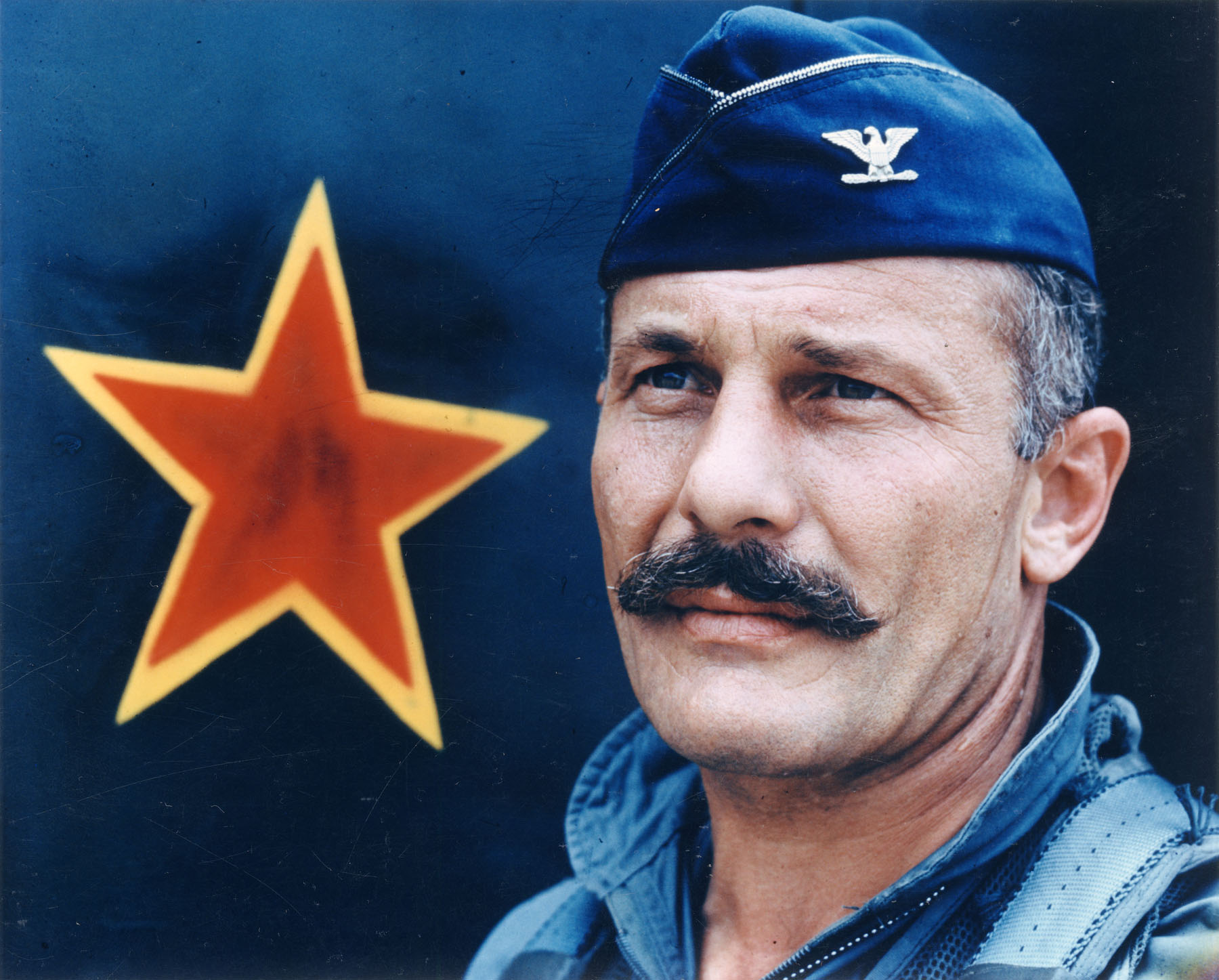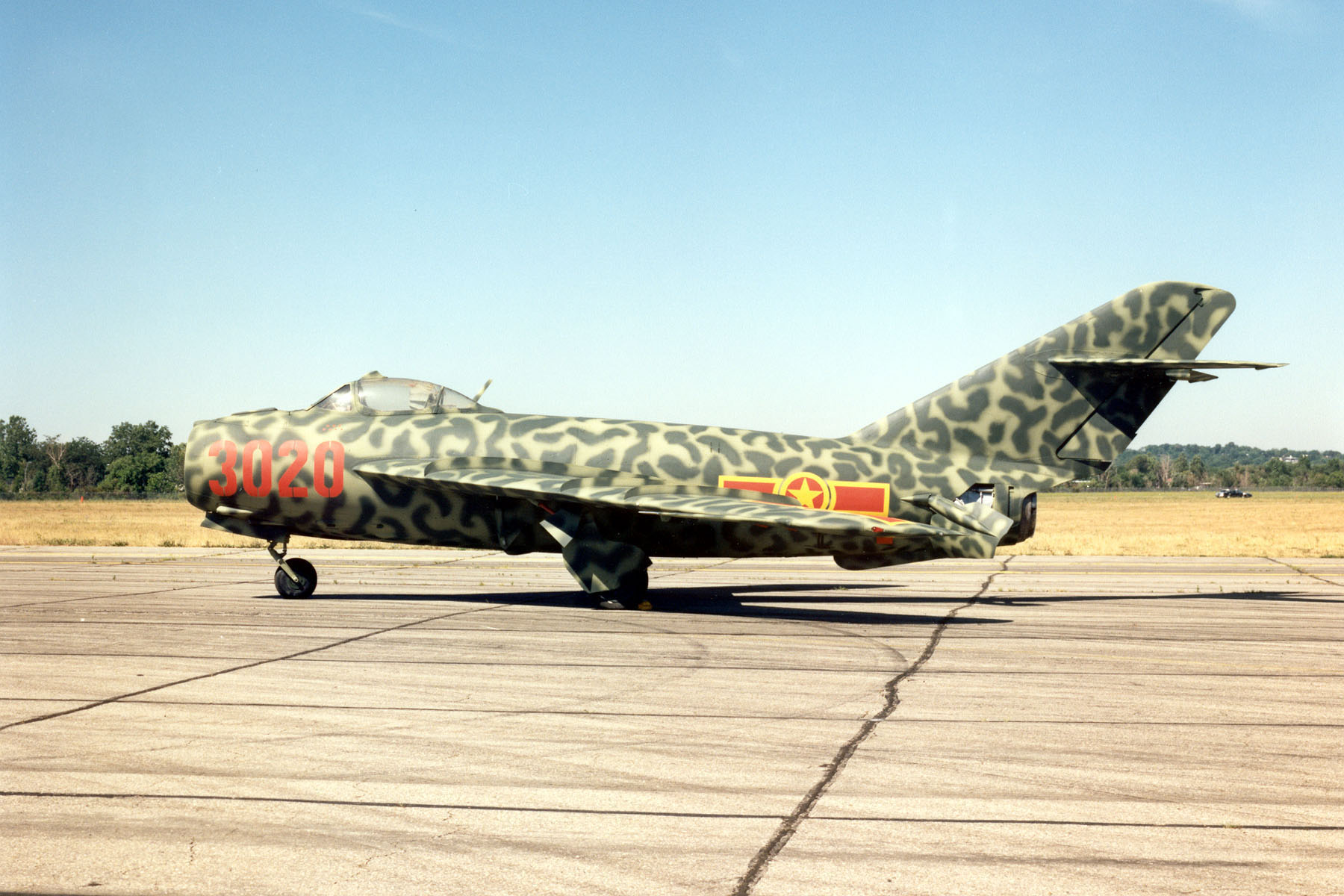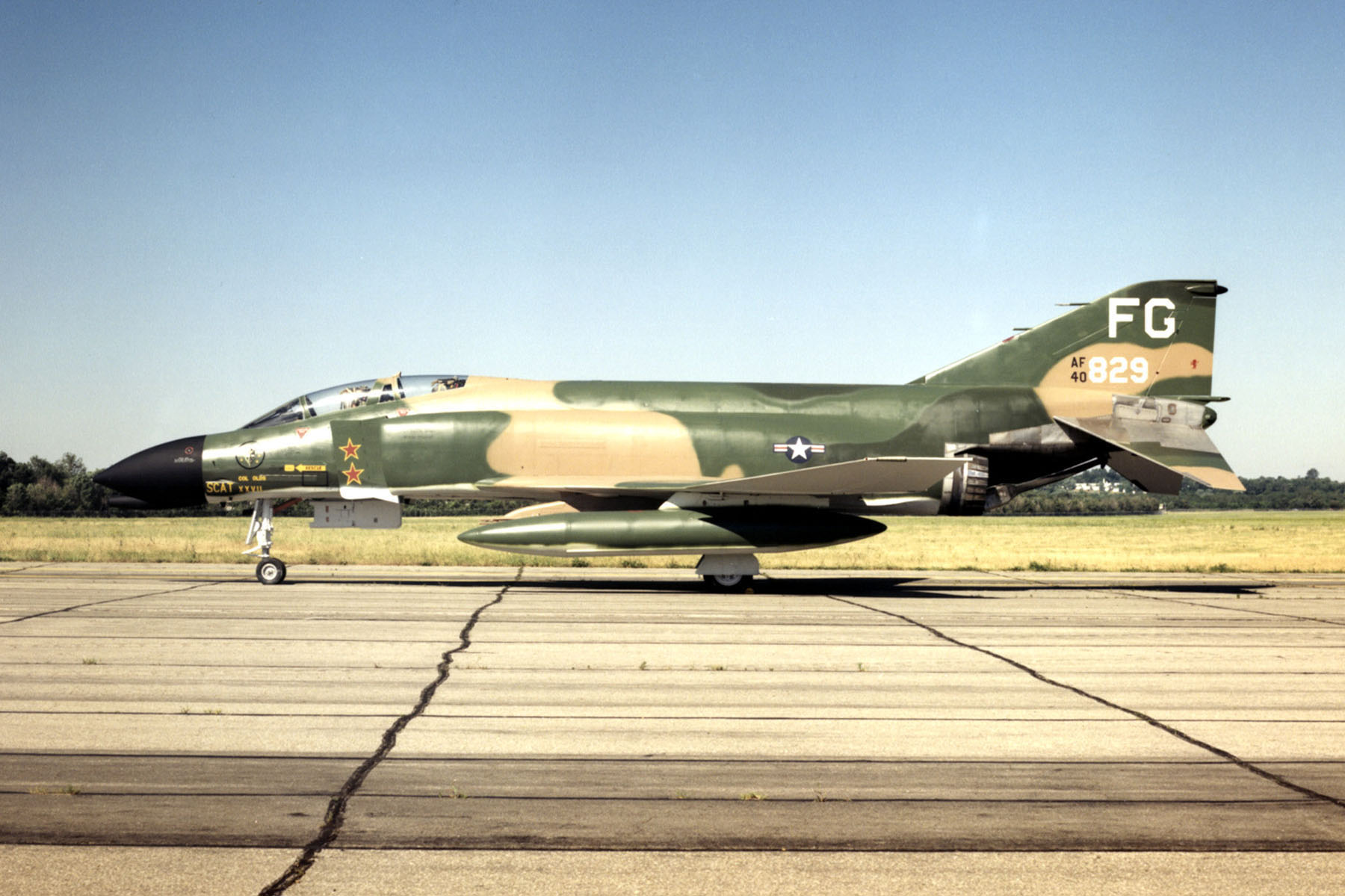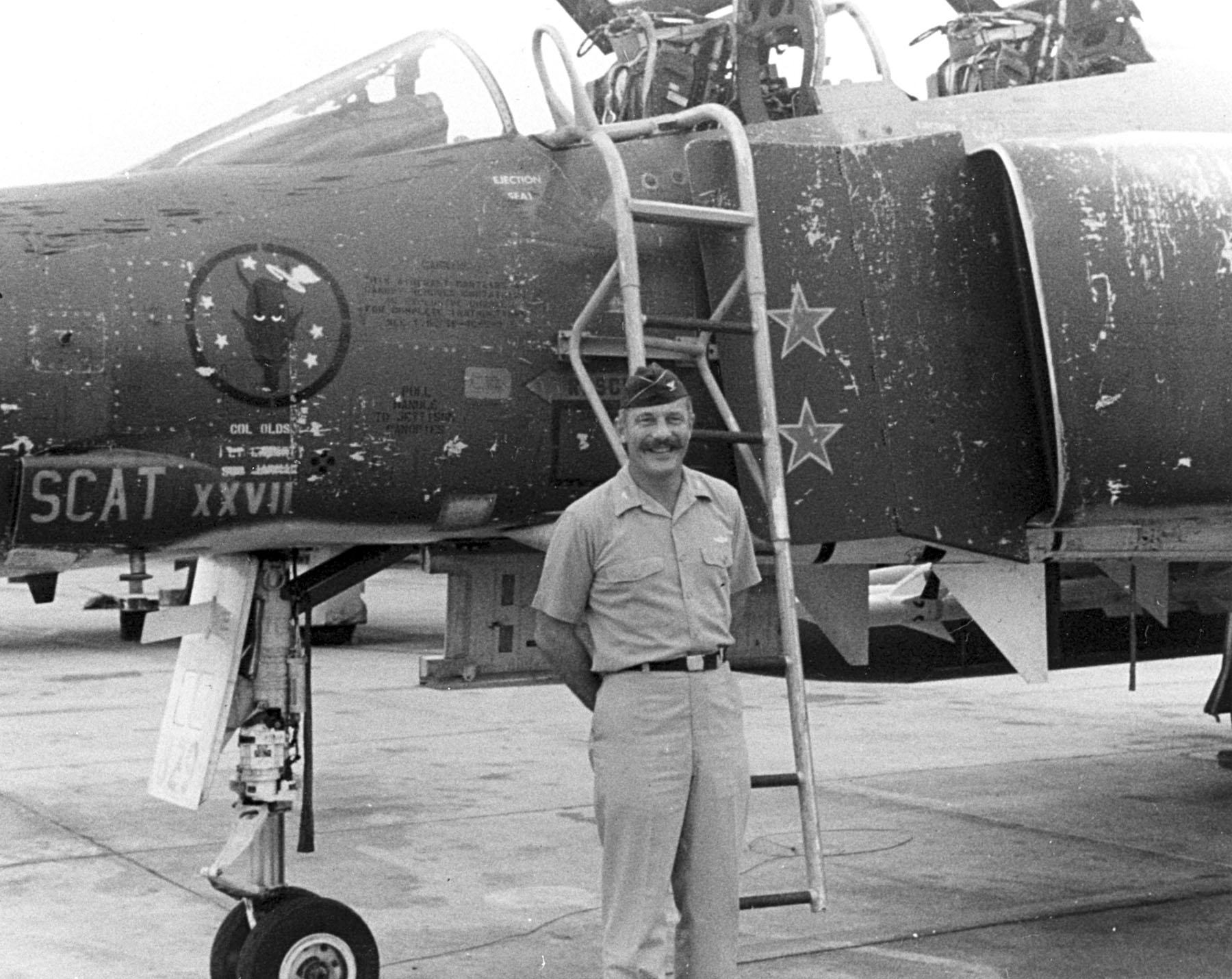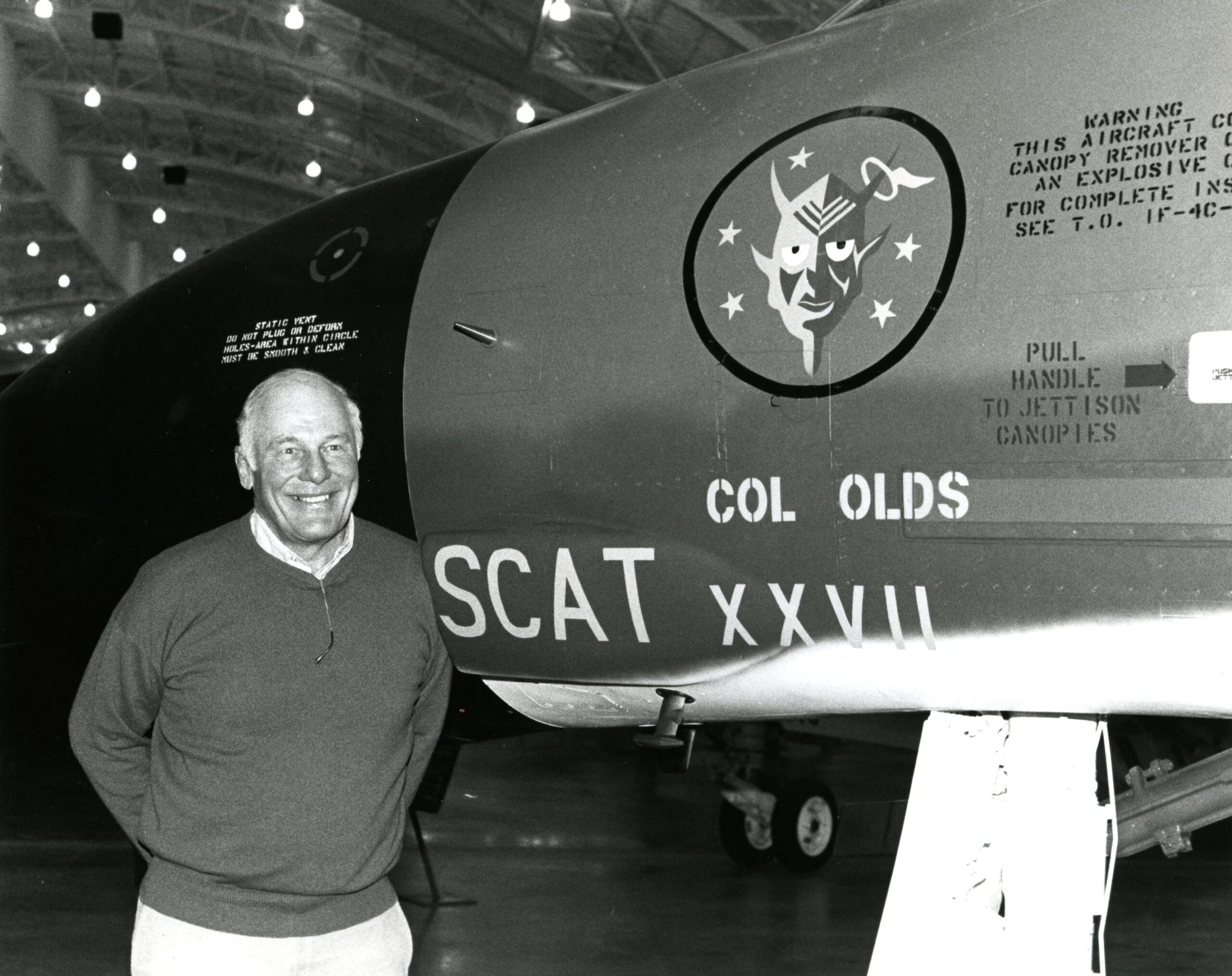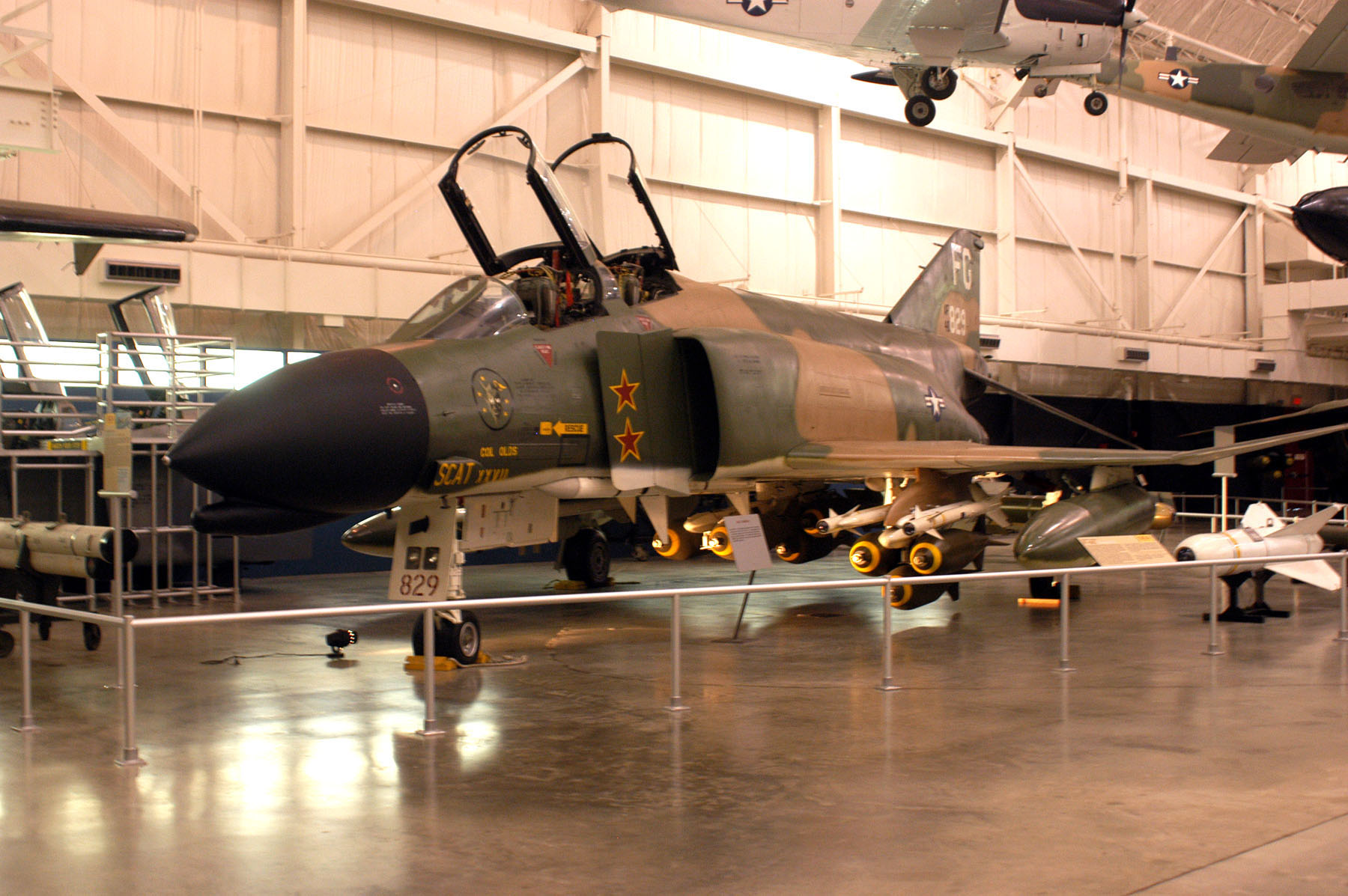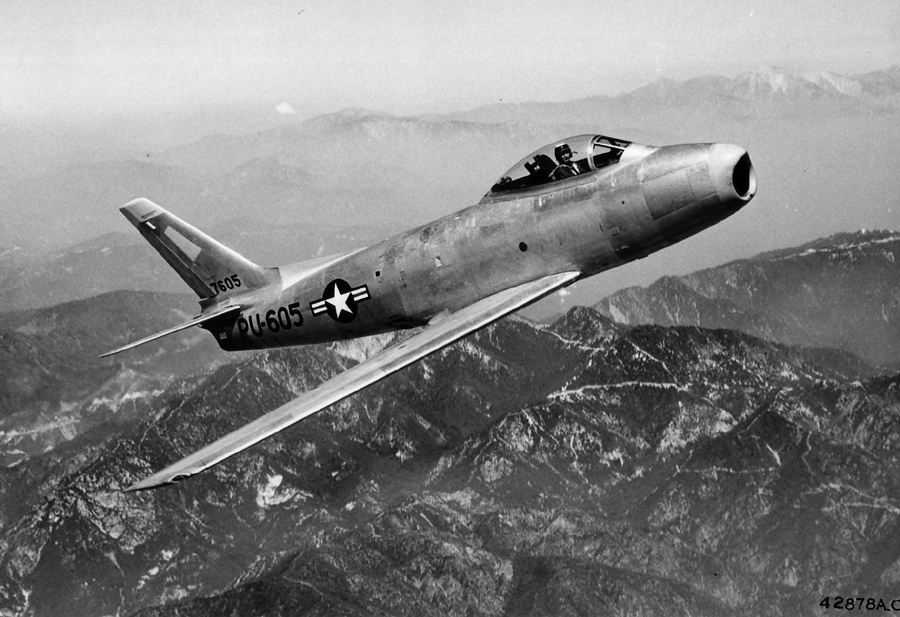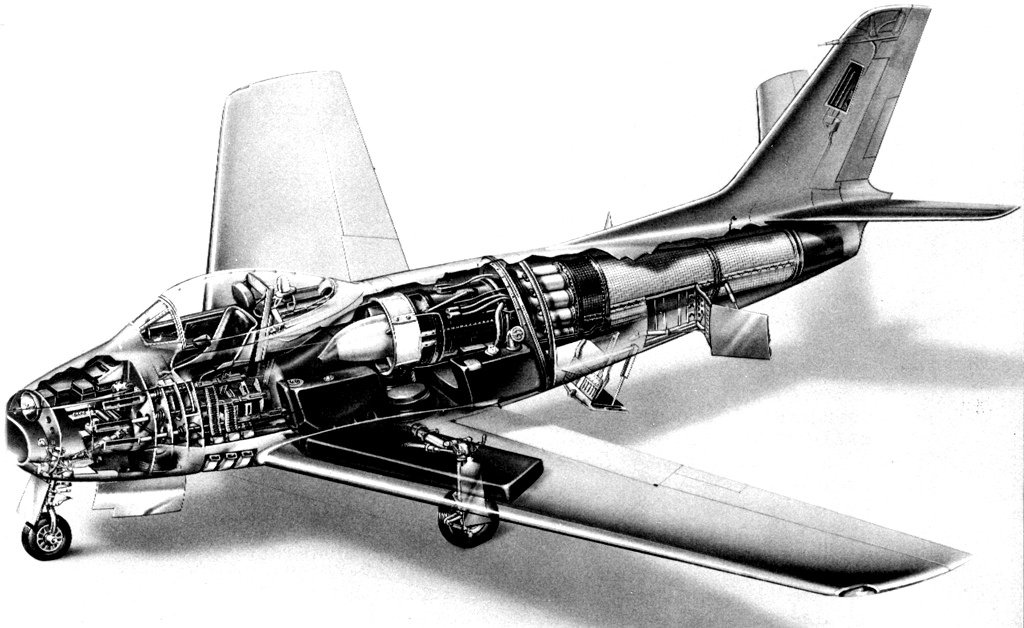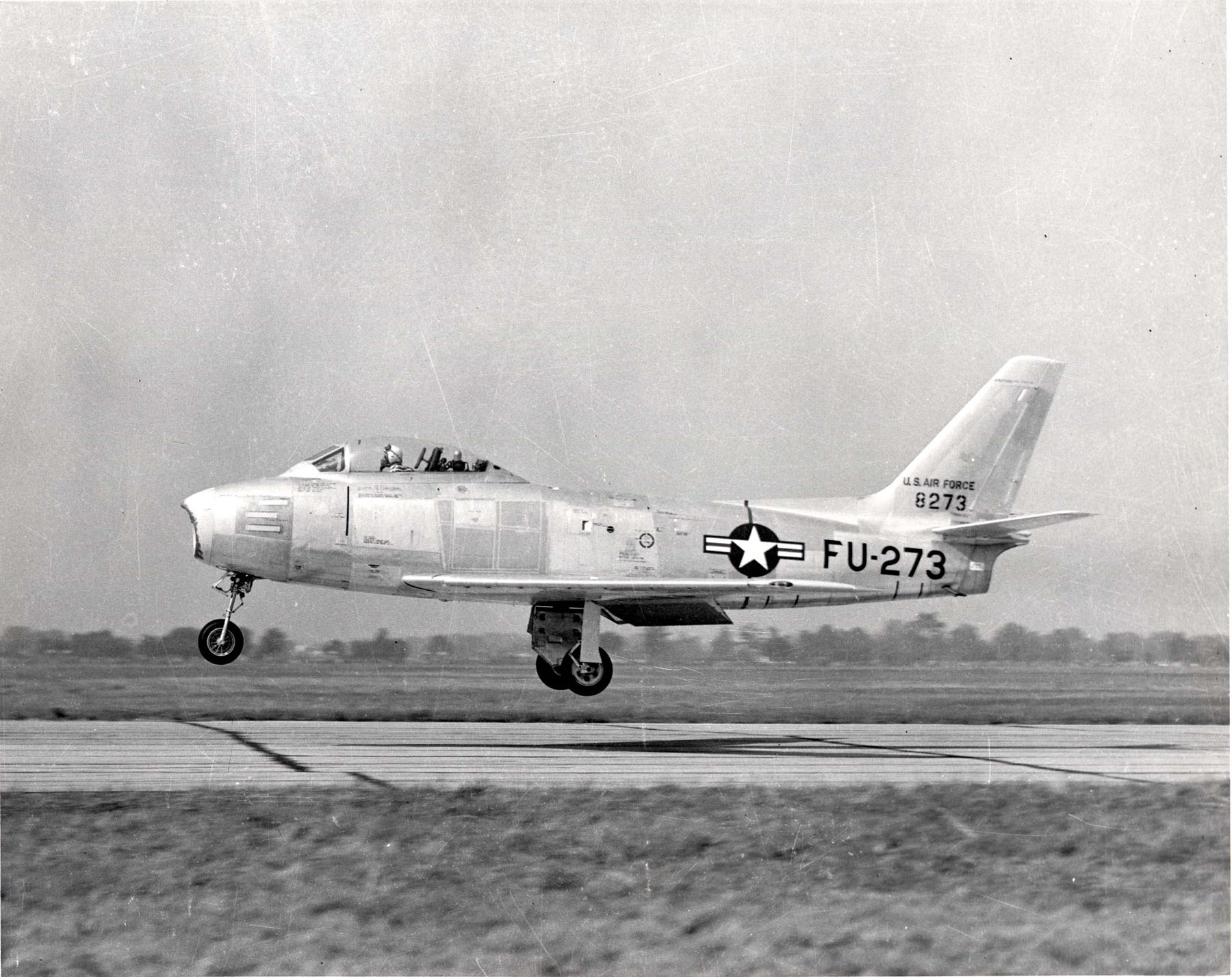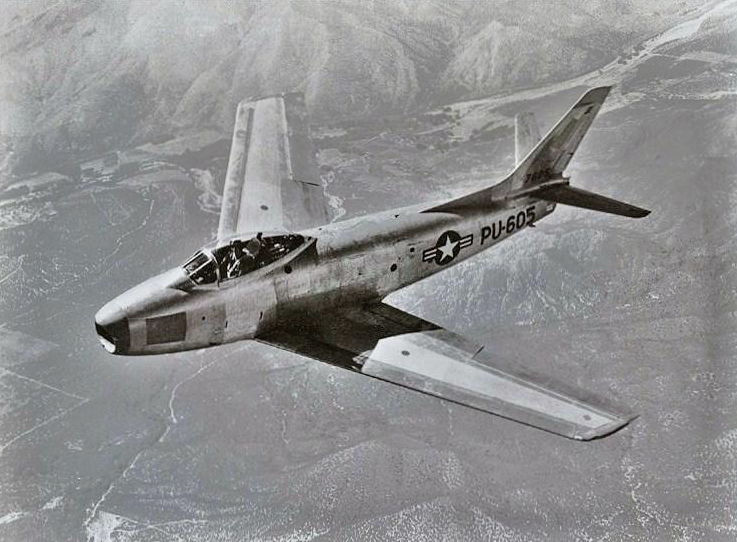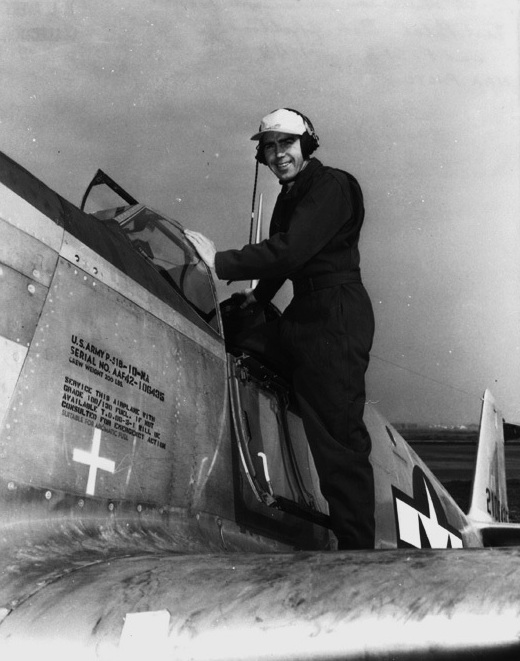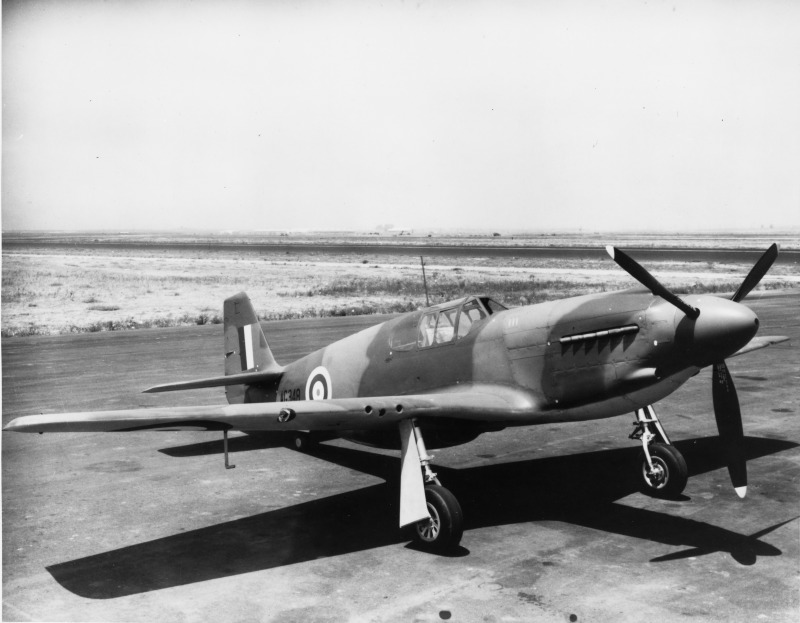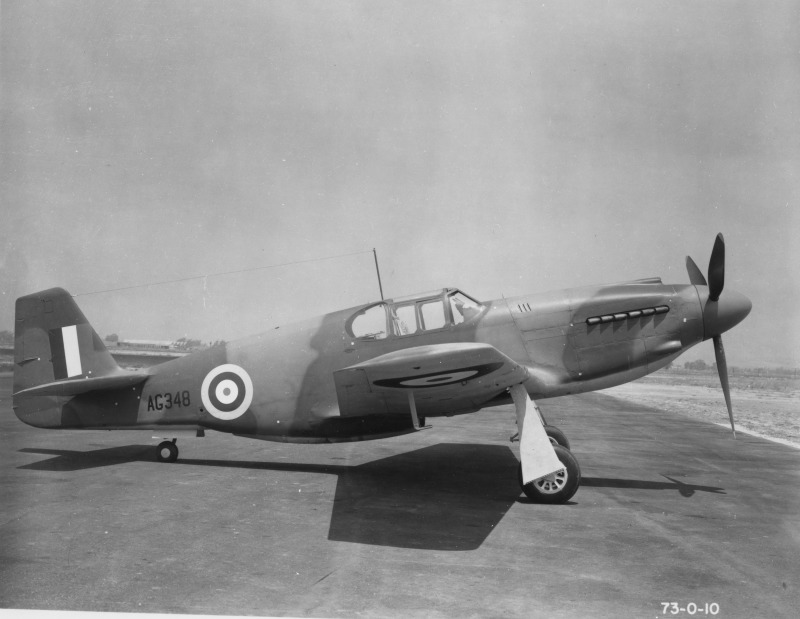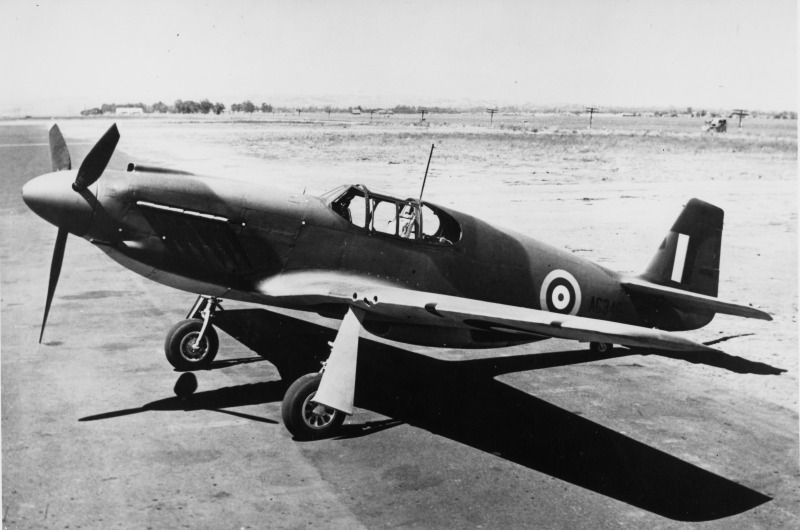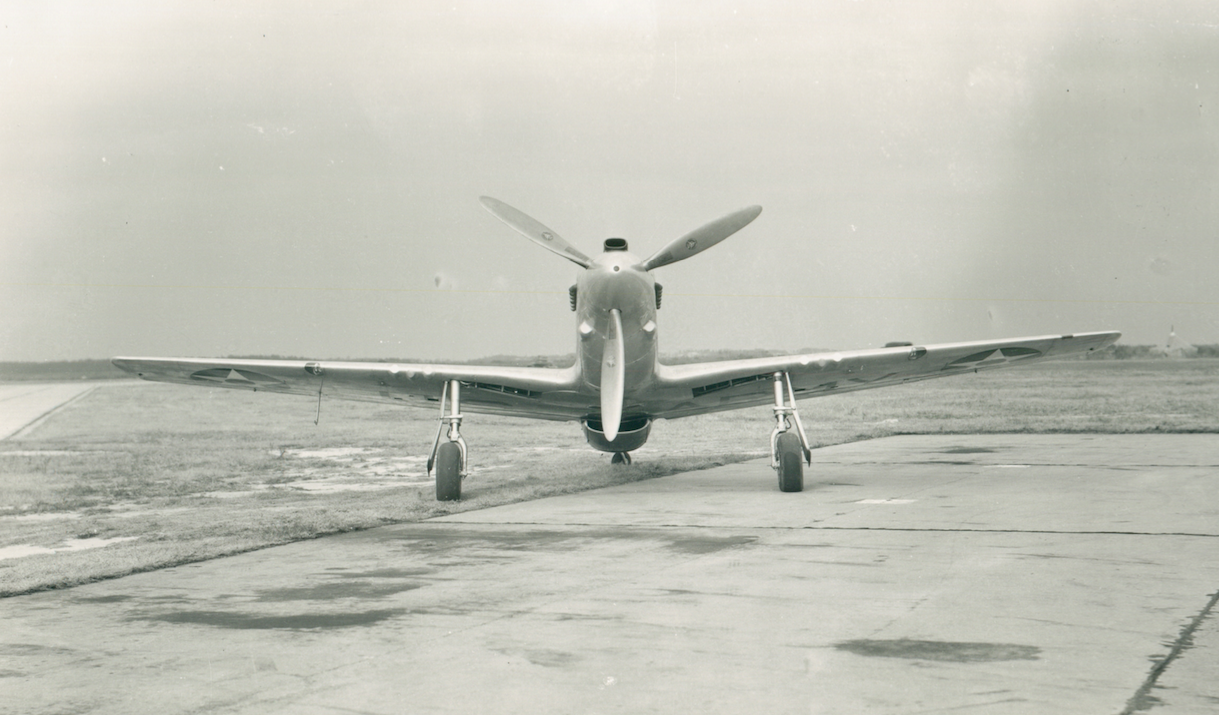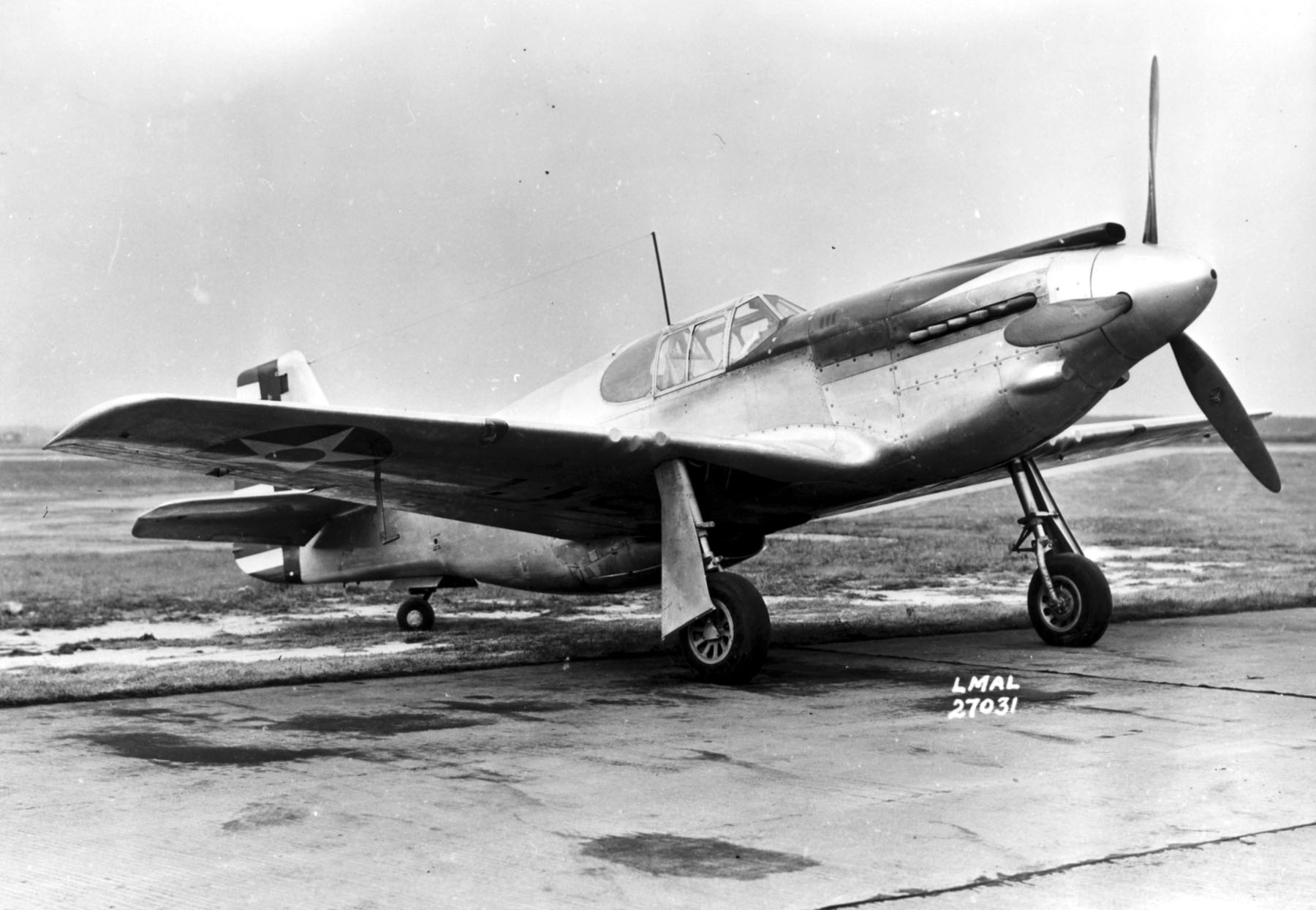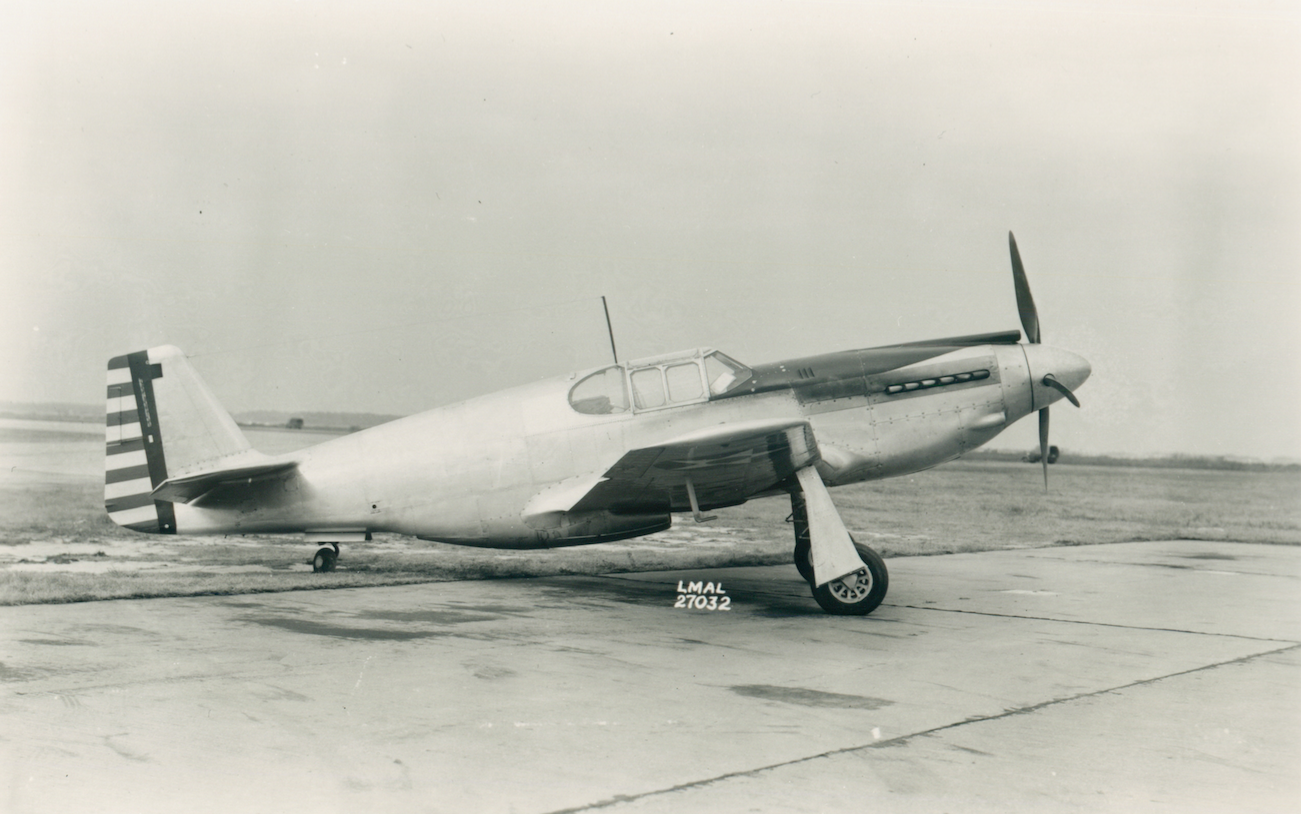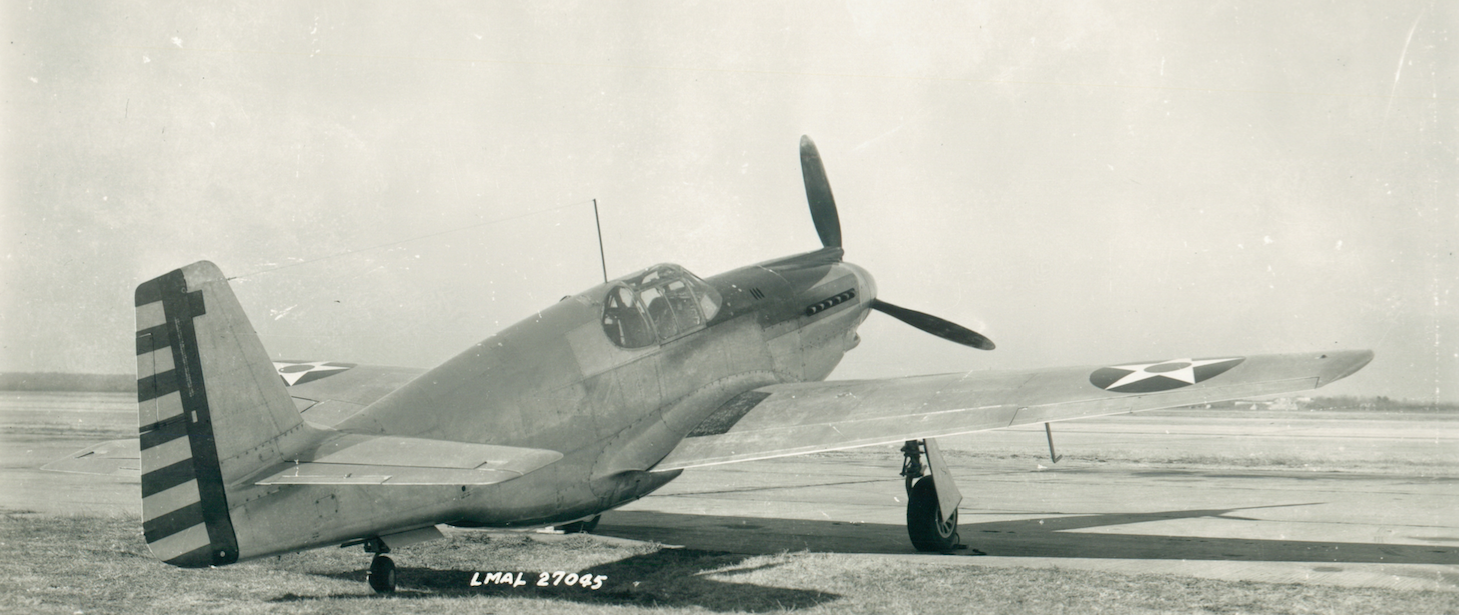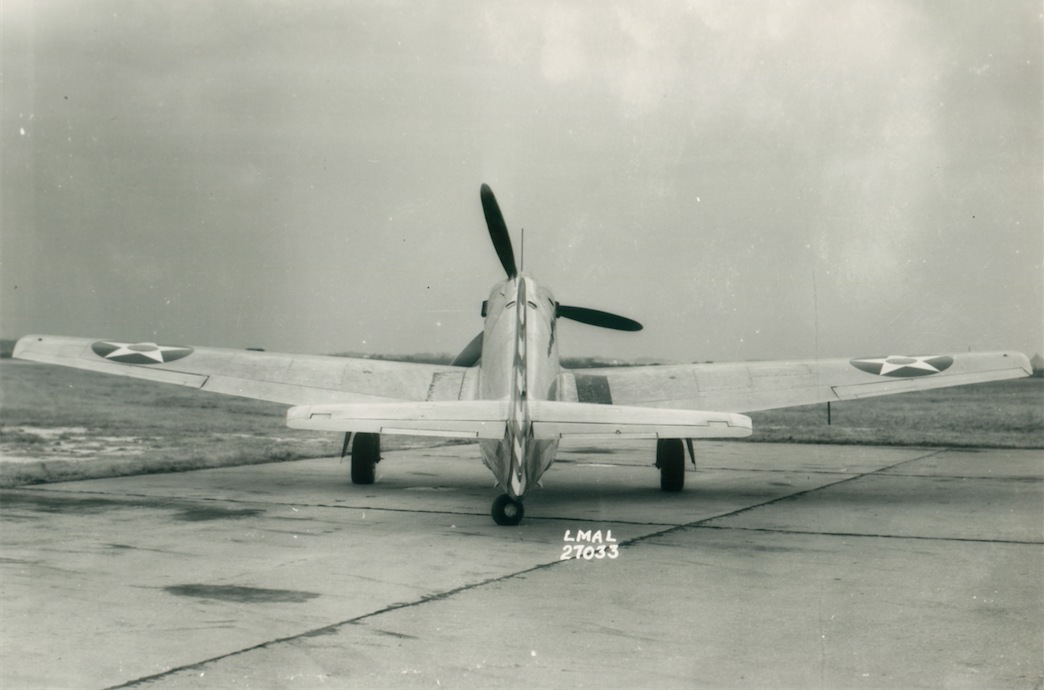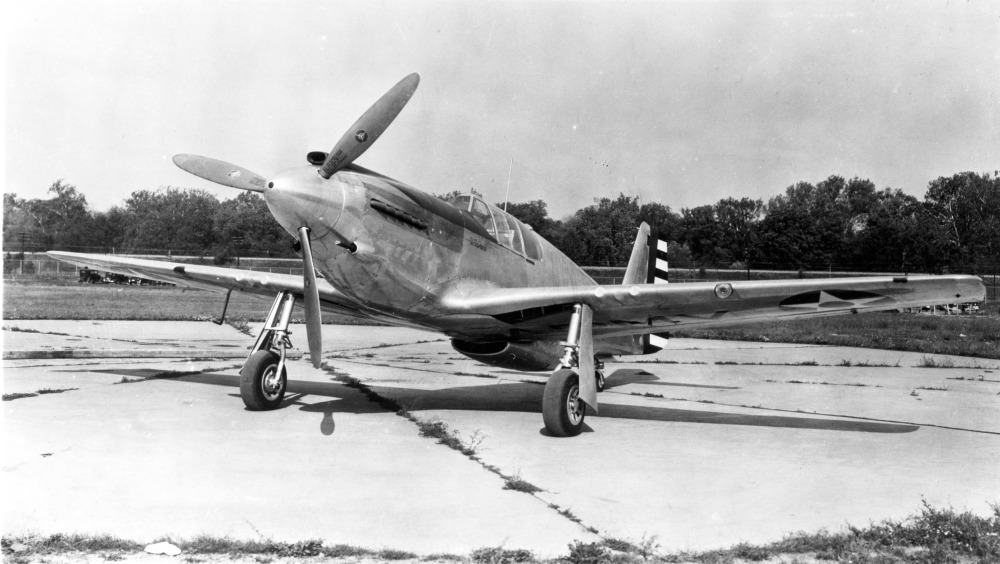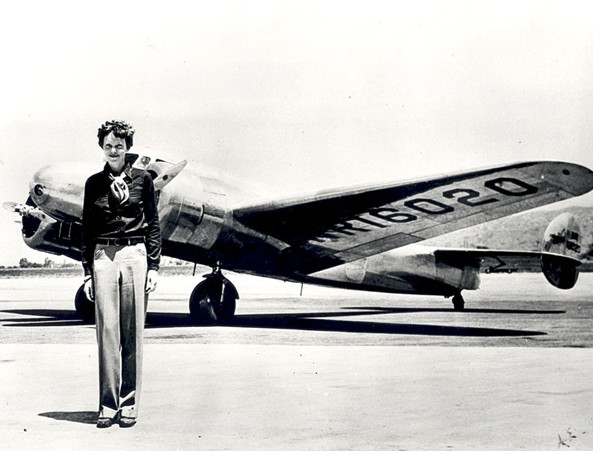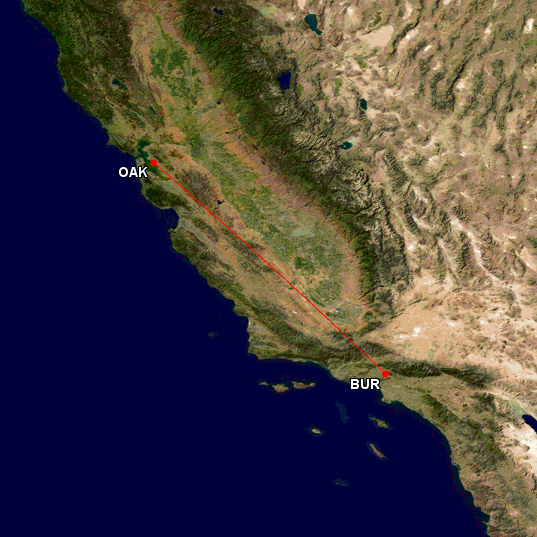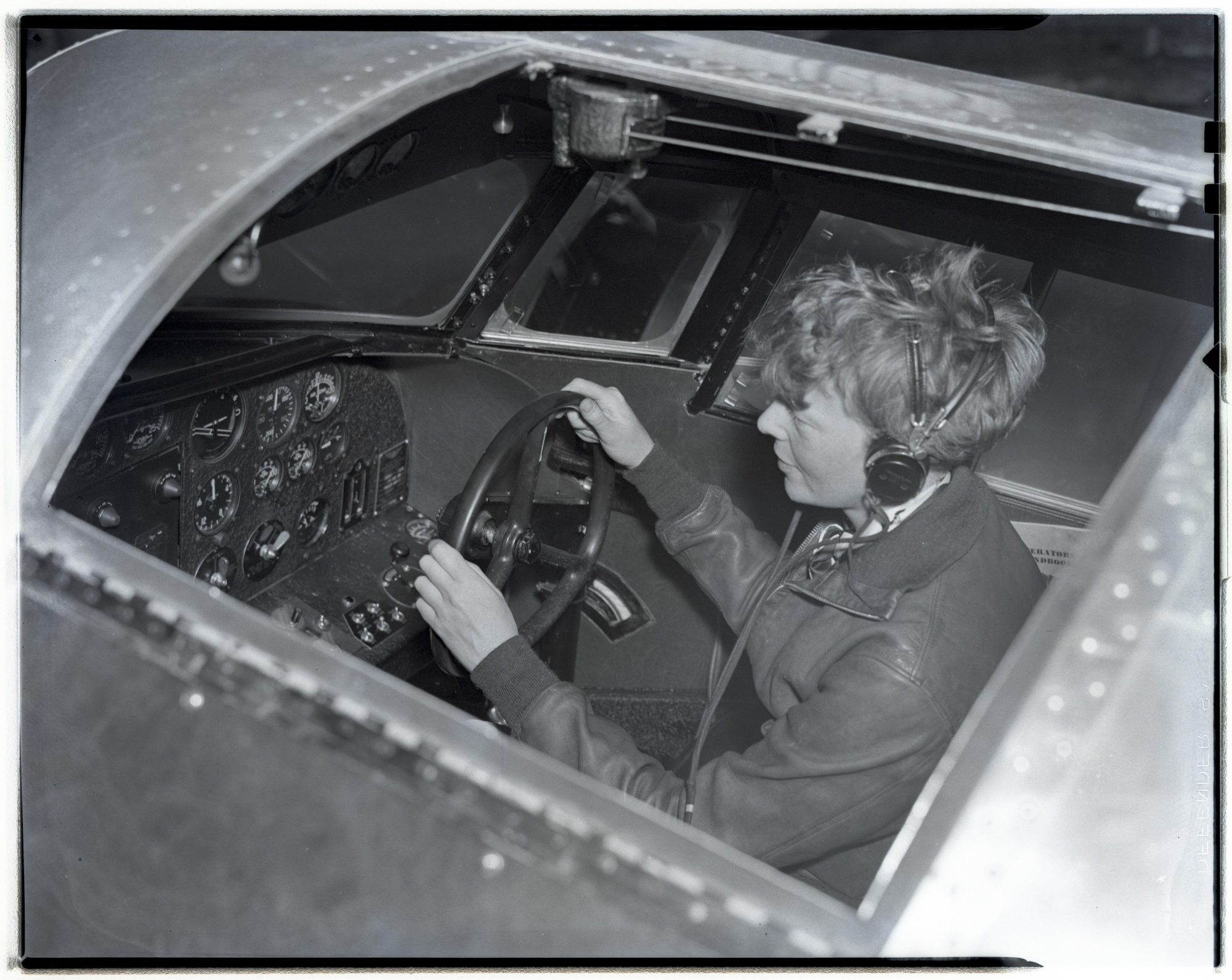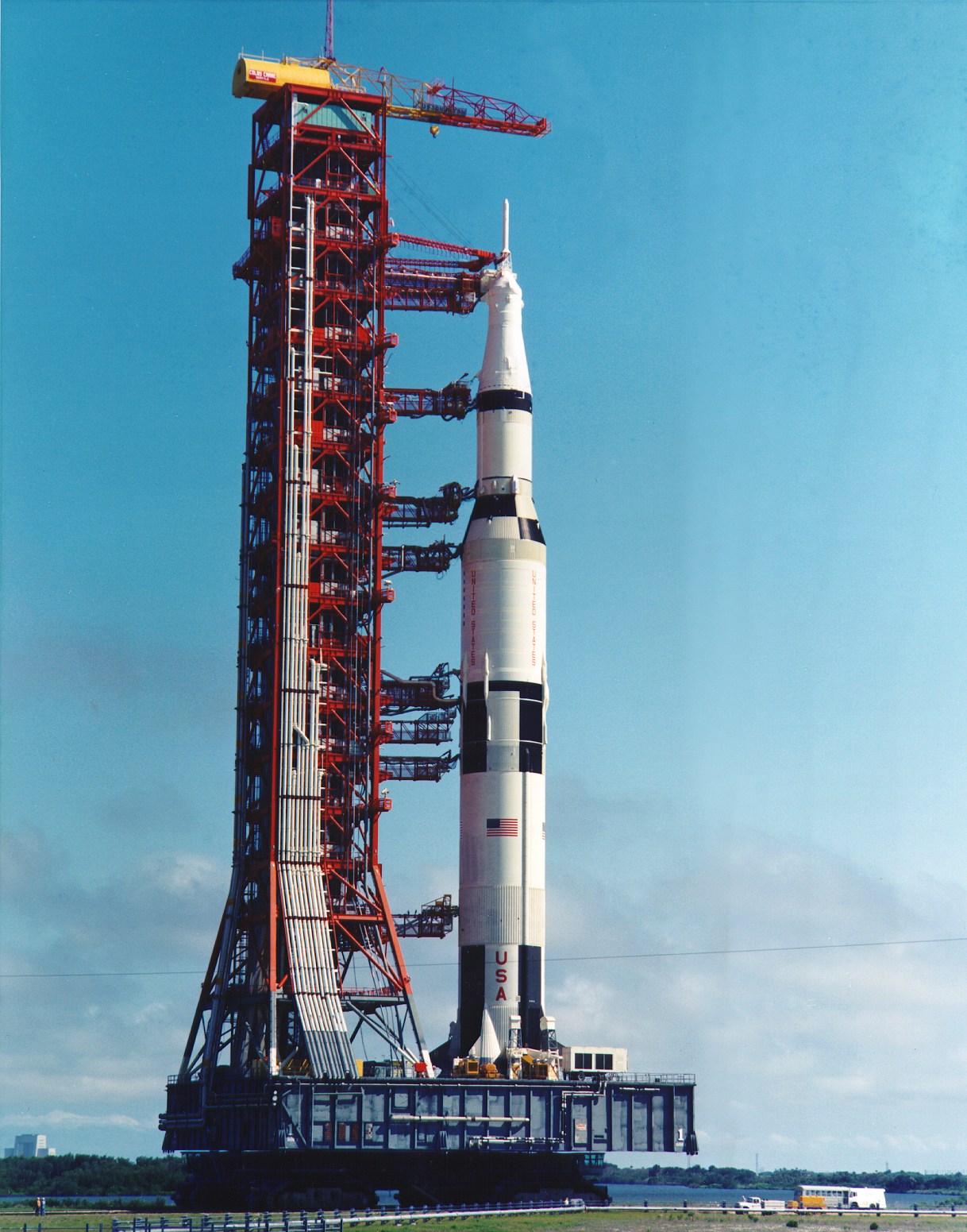
20 May 1969: The Apollo 11 Saturn V (SA-506) “stack” was rolled out of the Vehicle Assembly Building aboard a Mobile Launch Platform, carried by a Crawler-Transporter, and moved to Launch Complex 39A. The rocket would be launched for the Moon at 13:32:00 UTC, 16 July 1969.
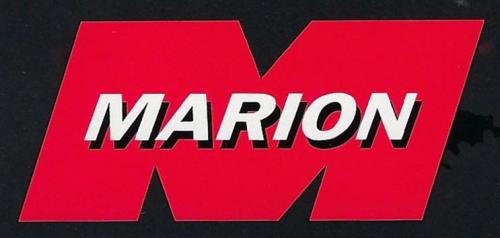 The two Crawler-Transporters are the world’s largest self-propelled land vehicles. They were designed and built by Marion Power Shovel Company, Marion, Ohio, and were assembled on Merritt Island. (The Crawlerway connected the island to mainland Florida, so that it now forms a peninsula.) They are 131 feet (39.9 meters) long and 113 feet (34.4 meters) wide. The height is adjustable from 20 feet (6.1 meters) to 26 feet (7.9 meters). The load deck is 90 feet × 90 feet (27.4 × 27.4 meters). The transporters weigh 2,721 metric tons (3,000 tons).
The two Crawler-Transporters are the world’s largest self-propelled land vehicles. They were designed and built by Marion Power Shovel Company, Marion, Ohio, and were assembled on Merritt Island. (The Crawlerway connected the island to mainland Florida, so that it now forms a peninsula.) They are 131 feet (39.9 meters) long and 113 feet (34.4 meters) wide. The height is adjustable from 20 feet (6.1 meters) to 26 feet (7.9 meters). The load deck is 90 feet × 90 feet (27.4 × 27.4 meters). The transporters weigh 2,721 metric tons (3,000 tons).
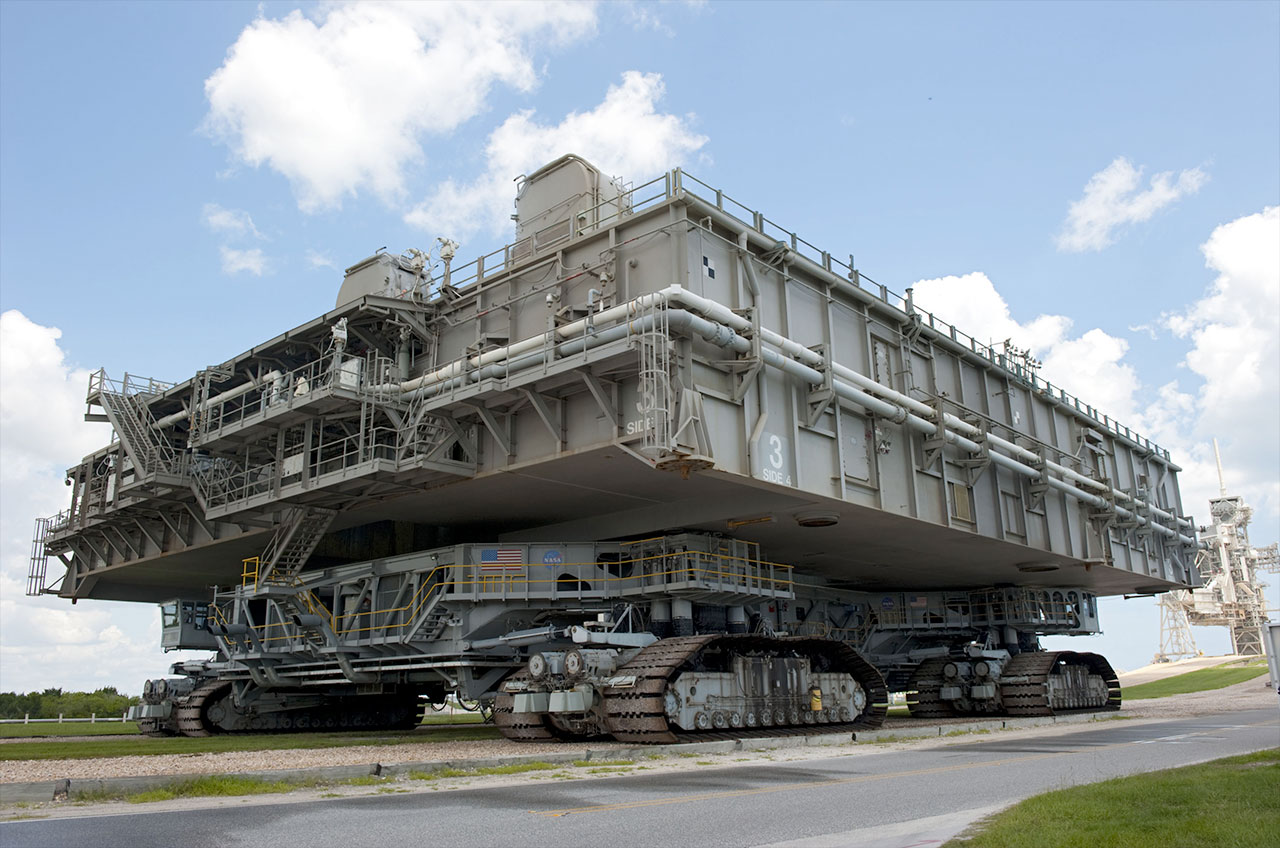
 The Crawler-Transporters were powered by two 10,687.7-cubic-inch-displacement (175.1 liters) liquid-cooled, turbosupercharged, American Locomotive Company (ALCO) V-16 251C 45° sixteen-cylinder 4-cycle diesel engines. This engine produced 2,750 horsepower. The engines drive four 1,000 kilowatt electric generators. These in turn supply electricity to sixteen 375 horsepower traction motors.
The Crawler-Transporters were powered by two 10,687.7-cubic-inch-displacement (175.1 liters) liquid-cooled, turbosupercharged, American Locomotive Company (ALCO) V-16 251C 45° sixteen-cylinder 4-cycle diesel engines. This engine produced 2,750 horsepower. The engines drive four 1,000 kilowatt electric generators. These in turn supply electricity to sixteen 375 horsepower traction motors.
Two 1,065 horsepower White-Superior eight-cylinder diesel engines provide electrical and hydraulic power to operate the crawlers’ systems. The hydraulic system operates at 5,200 p.s.i.
The maximum loaded speed is 0.9 miles per hour (1.4 kilometers per hour).
Since the time of the Apollo and Space Shuttle Programs, the Crawler-Transporters have been upgraded to handle the Space Launch System (SLS) heavy-lift rockets. The original ALCO locomotive engines have been replaced by two Cummins QSK95 16-cylinder diesel/C3000-series 1,500 kW power generation units. The new engine displaces 5,797 cubic inches and produces a maximum 4,200 horsepower at 1,200 r.p.m. The QSK95 has 46% less displacement than the old ALCO, weighs 39% less, but produces 57% more horsepower. The generators also double the electrical output.
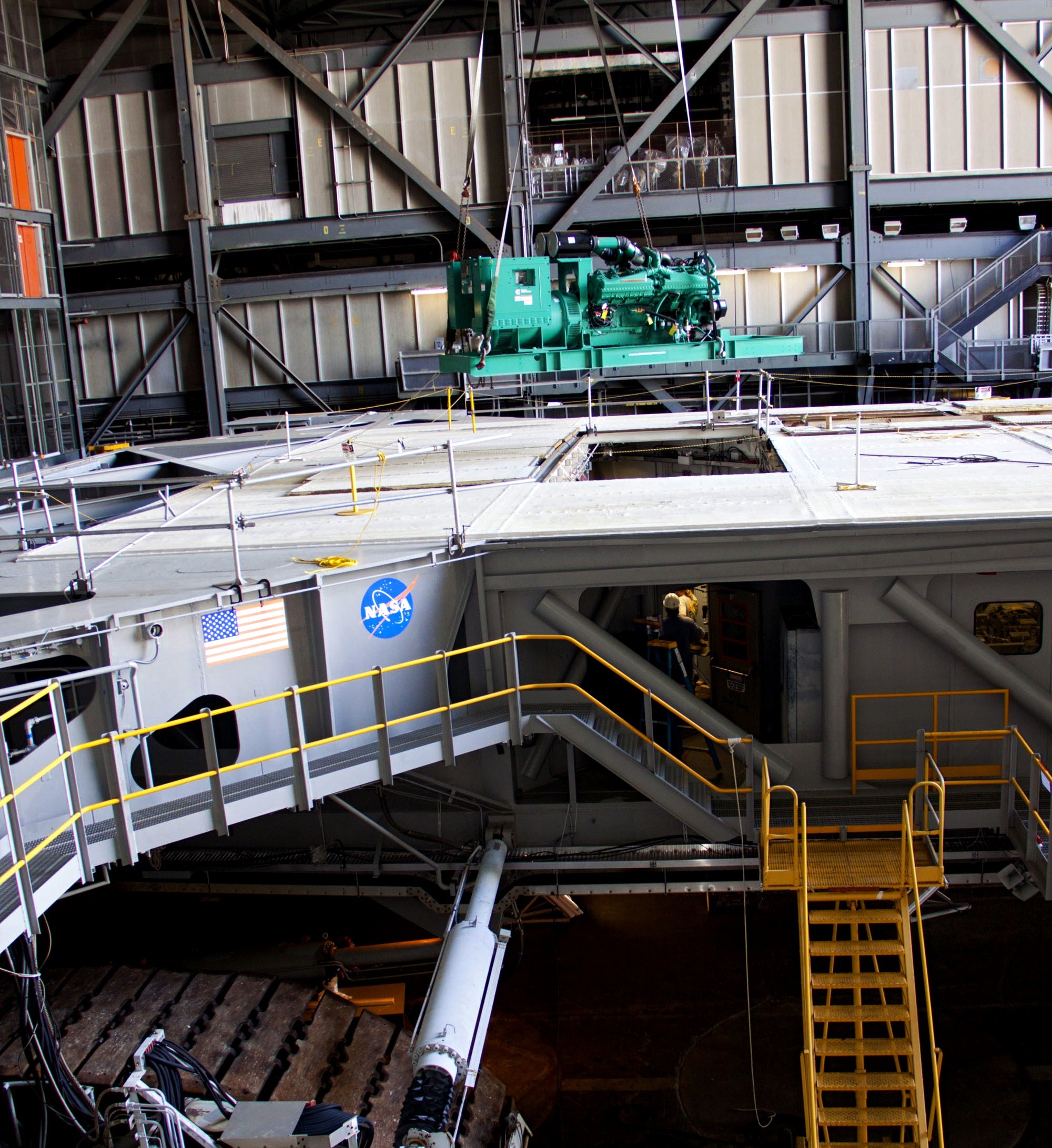
![]() The Saturn V rocket was a three-stage, liquid-fueled heavy launch vehicle. Fully assembled with the Apollo Command and Service Module, it stood 363 feet (110.642 meters) tall. The first and second stages were 33 feet (10.058 meters) in diameter. Fully loaded and fueled the rocket weighed 6,200,000 pounds (2,948,350 kilograms). It could lift a payload of 260,000 pounds (117,934 kilograms) to Low Earth Orbit.
The Saturn V rocket was a three-stage, liquid-fueled heavy launch vehicle. Fully assembled with the Apollo Command and Service Module, it stood 363 feet (110.642 meters) tall. The first and second stages were 33 feet (10.058 meters) in diameter. Fully loaded and fueled the rocket weighed 6,200,000 pounds (2,948,350 kilograms). It could lift a payload of 260,000 pounds (117,934 kilograms) to Low Earth Orbit.
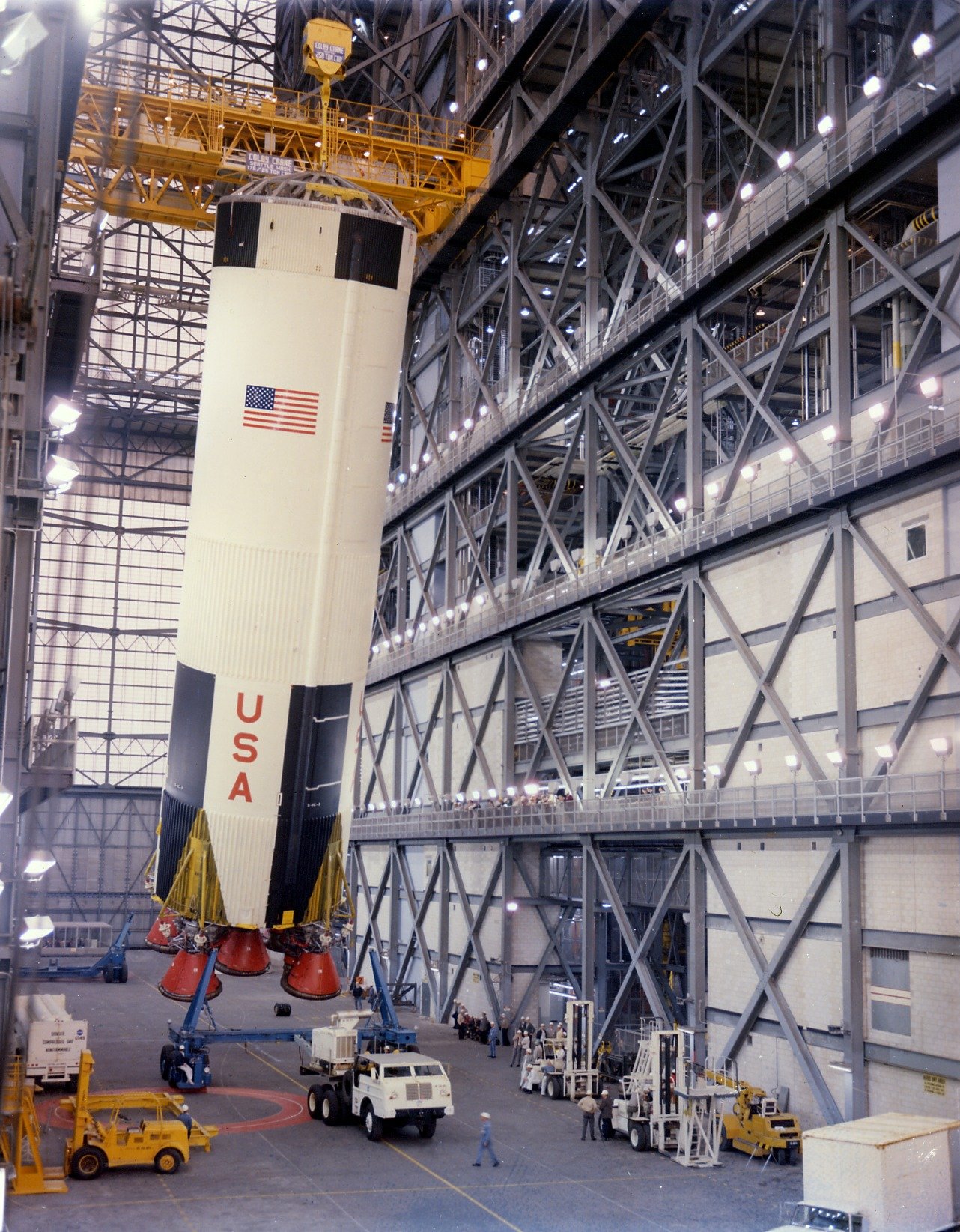
![]() The first stage was designated S-IC. It was designed to lift the entire rocket to an altitude of 220,000 feet (67,056 meters) and accelerate to a speed of more than 5,100 miles per hour (8,280 kilometers per hour). The S-IC stage was built by Boeing at the Michoud Assembly Facility, New Orleans, Louisiana. It was 138 feet (42.062 meters) tall and had an empty weight of 290,000 pounds (131,542 kilograms). Fully fueled with 203,400 gallons (770,000 liters) of RP-1 and 318,065 gallons (1,204,000 liters) of liquid oxygen, the stage weighed 5,100,000 pounds (2,131,322 kilograms). It was propelled by five Rocketdyne F-1 engines, producing 1,522,000 pounds of thrust, each, for a total of 7,610,000 pounds of thrust at Sea Level. These engines were ignited seven seconds prior to lift off and the outer four burned for 168 seconds. The center engine was shut down after 142 seconds to reduce the rate of acceleration. The F-1 engines were built by the Rocketdyne Division of North American Aviation at Canoga Park, California.
The first stage was designated S-IC. It was designed to lift the entire rocket to an altitude of 220,000 feet (67,056 meters) and accelerate to a speed of more than 5,100 miles per hour (8,280 kilometers per hour). The S-IC stage was built by Boeing at the Michoud Assembly Facility, New Orleans, Louisiana. It was 138 feet (42.062 meters) tall and had an empty weight of 290,000 pounds (131,542 kilograms). Fully fueled with 203,400 gallons (770,000 liters) of RP-1 and 318,065 gallons (1,204,000 liters) of liquid oxygen, the stage weighed 5,100,000 pounds (2,131,322 kilograms). It was propelled by five Rocketdyne F-1 engines, producing 1,522,000 pounds of thrust, each, for a total of 7,610,000 pounds of thrust at Sea Level. These engines were ignited seven seconds prior to lift off and the outer four burned for 168 seconds. The center engine was shut down after 142 seconds to reduce the rate of acceleration. The F-1 engines were built by the Rocketdyne Division of North American Aviation at Canoga Park, California.
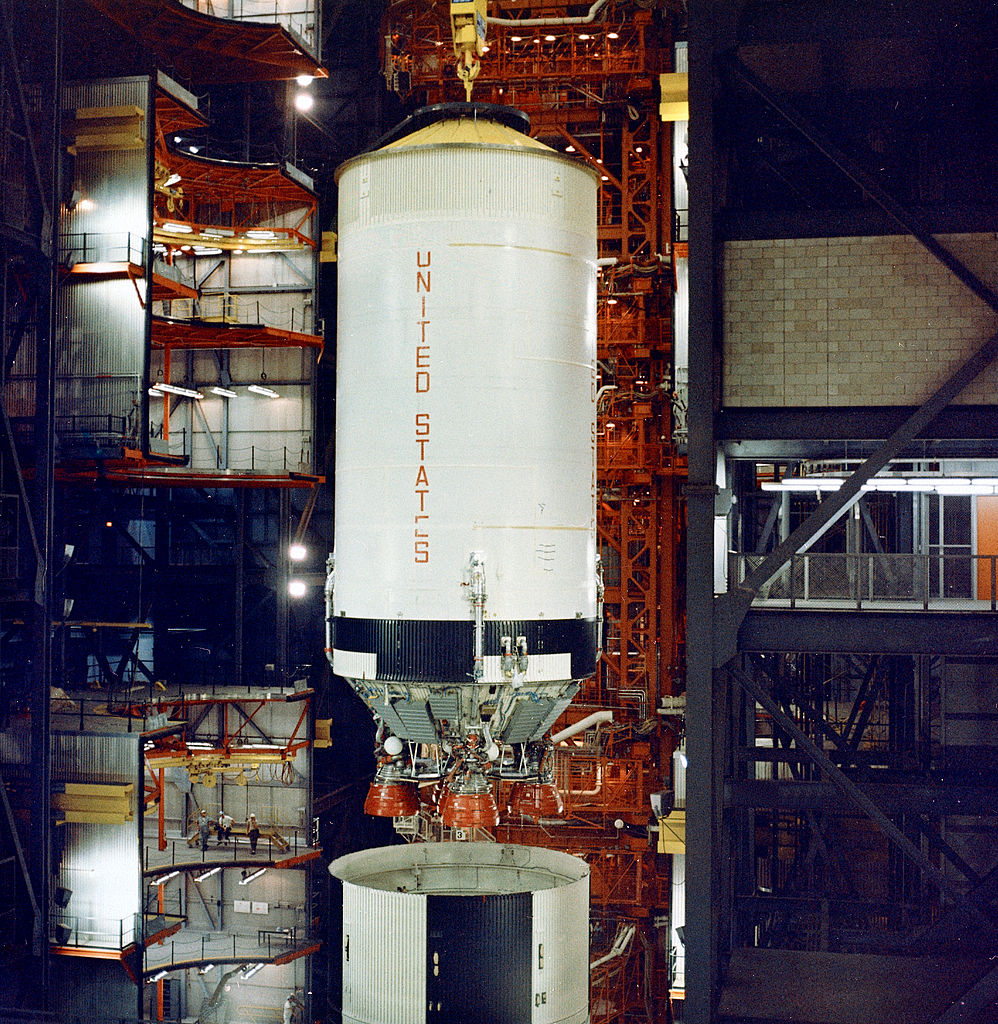
 The S-II second stage was built by North American Aviation at Seal Beach, California. It was 81 feet, 7 inches (24.87 meters) tall and had the same diameter as the first stage. The second stage weighed 80,000 pounds (36,000 kilograms) empty and 1,060,000 pounds loaded. The propellant for the S-II was liquid hydrogen and liquid oxygen. The stage was powered by five Rocketdyne J-2 engines, also built at Canoga Park. Each engine produced 232,250 pounds of thrust, and combined, 1,161,250 pounds of thrust.
The S-II second stage was built by North American Aviation at Seal Beach, California. It was 81 feet, 7 inches (24.87 meters) tall and had the same diameter as the first stage. The second stage weighed 80,000 pounds (36,000 kilograms) empty and 1,060,000 pounds loaded. The propellant for the S-II was liquid hydrogen and liquid oxygen. The stage was powered by five Rocketdyne J-2 engines, also built at Canoga Park. Each engine produced 232,250 pounds of thrust, and combined, 1,161,250 pounds of thrust.
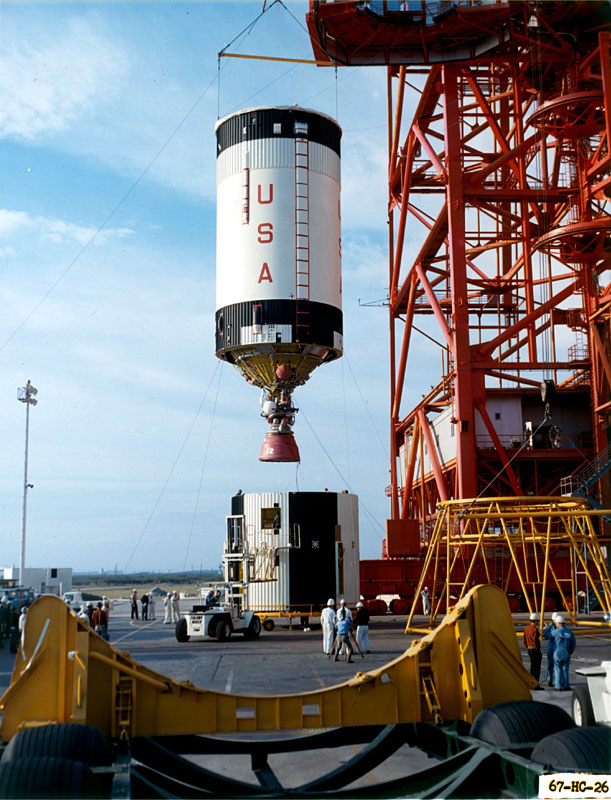
 The Saturn V third stage was designated S-IVB. It was built by McDonnell Douglas Astronautics Company at Huntington Beach, California. The S-IVB was 58 feet, 7 inches (17.86 meters) tall with a diameter of 21 feet, 8 inches (6.604 meters). It had a dry weight of 23,000 pounds (10,000 kilograms) and fully fueled weighed 262,000 pounds. The third stage had one J-2 engine and also used liquid hydrogen and liquid oxygen for propellant. The S-IVB wou place the Command and Service Module into Low Earth Orbit, then, when all was ready, the J-2 would be restarted for the Trans Lunar Injection.
The Saturn V third stage was designated S-IVB. It was built by McDonnell Douglas Astronautics Company at Huntington Beach, California. The S-IVB was 58 feet, 7 inches (17.86 meters) tall with a diameter of 21 feet, 8 inches (6.604 meters). It had a dry weight of 23,000 pounds (10,000 kilograms) and fully fueled weighed 262,000 pounds. The third stage had one J-2 engine and also used liquid hydrogen and liquid oxygen for propellant. The S-IVB wou place the Command and Service Module into Low Earth Orbit, then, when all was ready, the J-2 would be restarted for the Trans Lunar Injection.
Eighteen Saturn V rockets were built. They were the most powerful machines ever built by man.
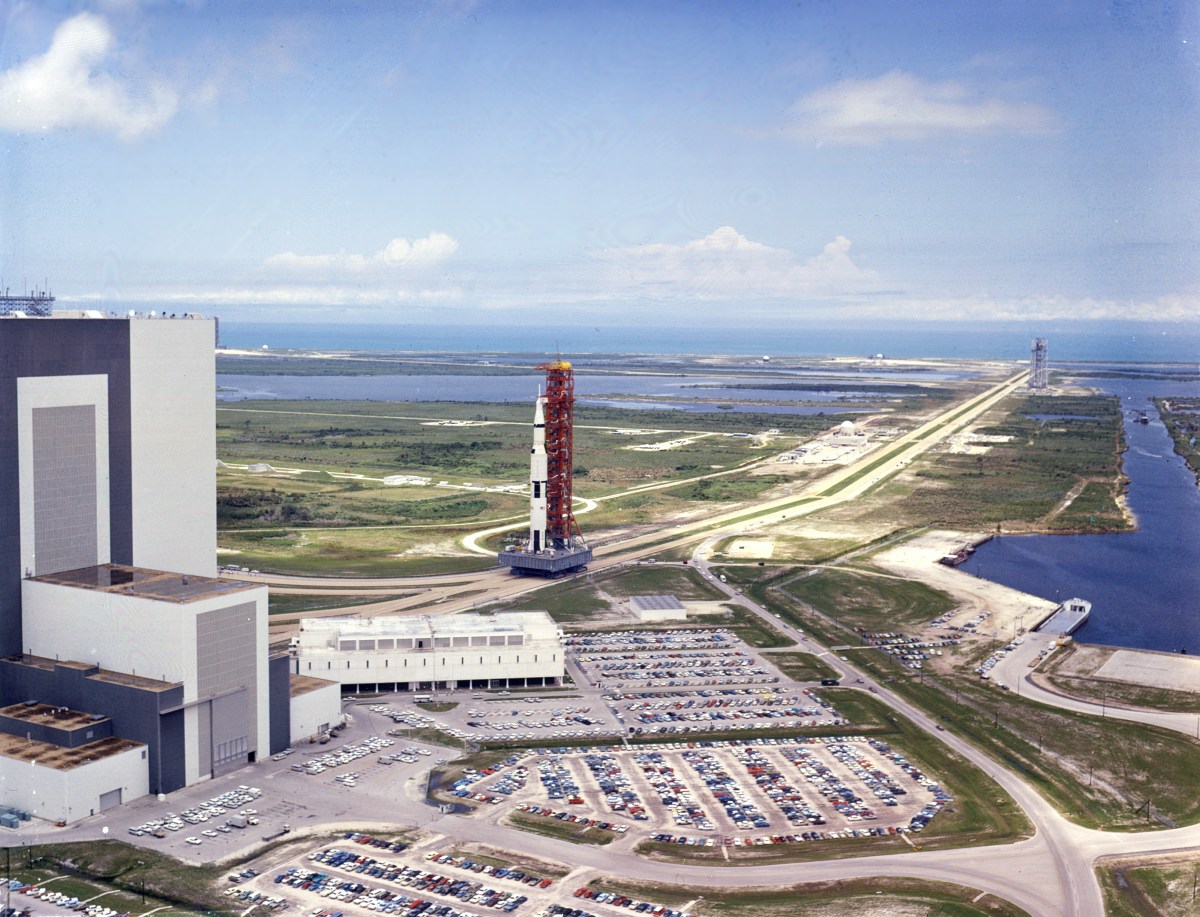
© 2019, Bryan R. Swopes
